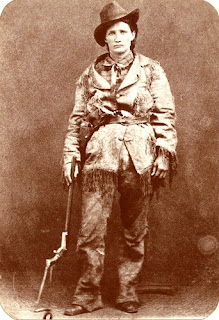Personal Mythology in Your Professional Narrative

Your business narrative should be a meaningful and marketable story that connects your past achievements to your ideal customers and clients. During the initial workshop offered by Evergreen Script Services, we guide your New Narrative by creating three pieces: A personal story A business story We then help you fuse the two together to create your Narrative or business story A key element of the personal story is the definition of a personal mythology. Think of your personal mythology like a short but very heightened version of your life story. It often focuses on the peaks and valleys of your life. We can all remember myths about legendary figures from the past - heroes and warriors and visionaries. From Jesus Christ to Calamity Jane, King Arthur to Amelia Earhart. These individuals created, with their life’s journeys, a template that others can follow - particularly others in similar circumstances. Your personal mythology is your own life story - the one that may be of guidance to ot...

